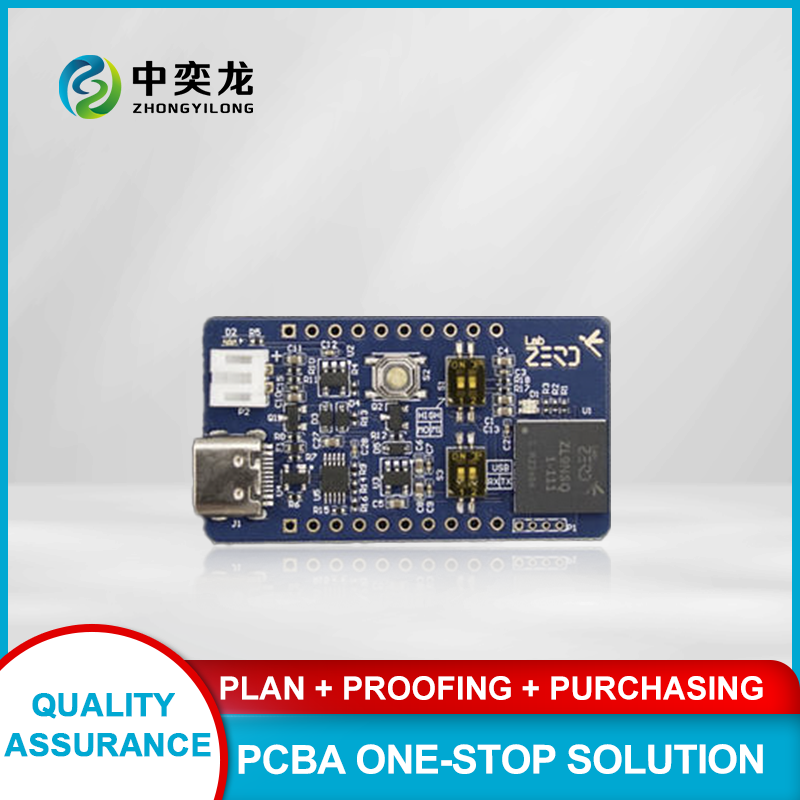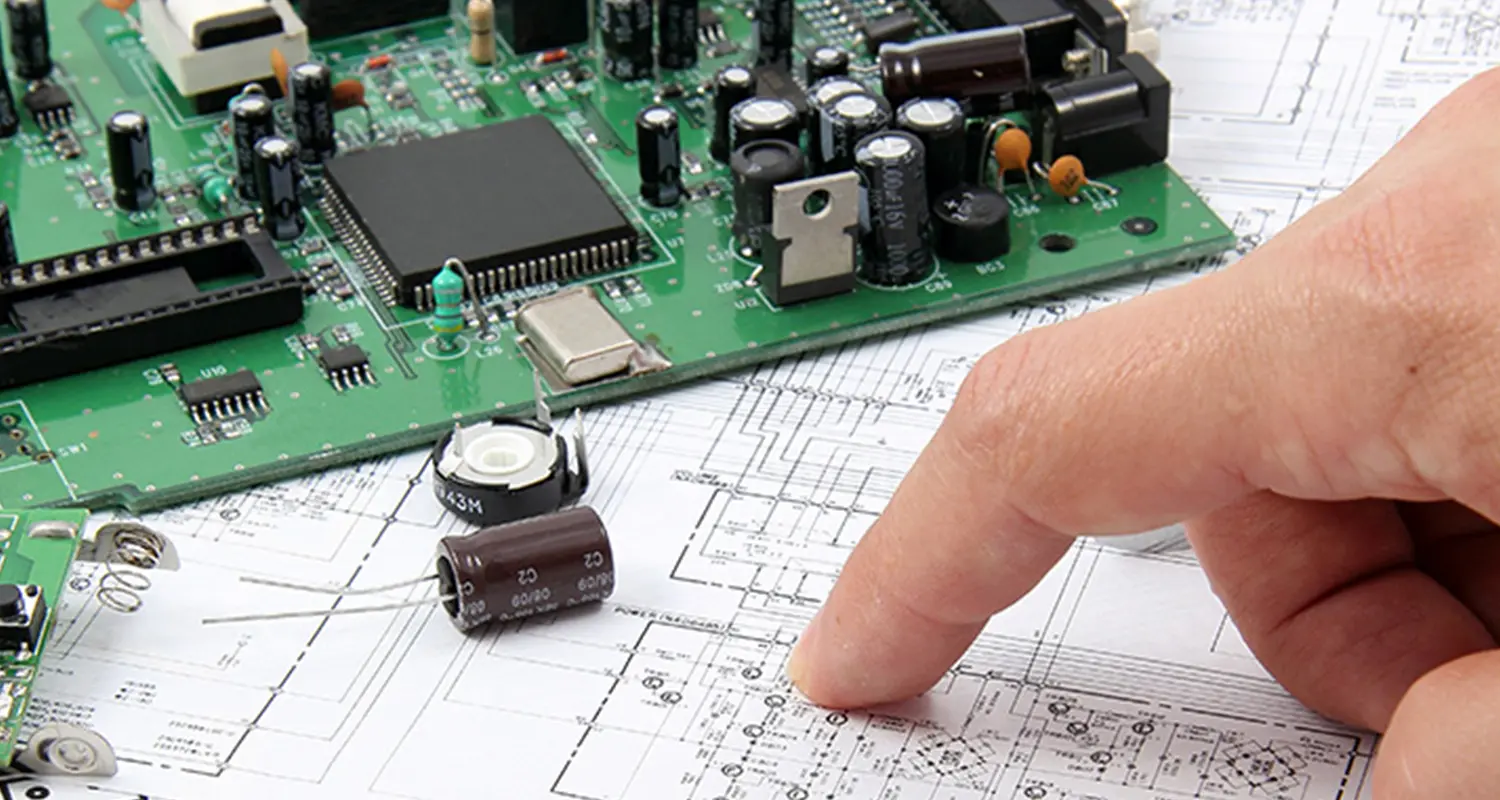
Optimizing Smart Pet Feeder PCB Assembly for Enhanced Efficiency
2025-07-28
---
In the rapidly evolving landscape of pet technology, smart pet feeders are gaining significant traction, offering convenience and innovative features for pet owners. A key component of these devices is the PCB (Printed Circuit Board), which serves as the backbone of their electronic systems. Understanding the intricacies of "Smart Pet Feeder PCB Assembly" is crucial for professionals in the electronics industry, especially those involved in PCB manufacturing and assembly processes.
At the core of any smart pet feeder is its PCB, which integrates various electronic components such as microcontrollers, sensors, communication modules, and power management systems. During the PCB assembly process, several factors need to be considered to ensure optimal performance and reliability. These include design considerations, material selection, and assembly techniques.
**1. Design Considerations:**
When designing a PCB for a smart pet feeder, it is essential to optimize the layout for compactness while ensuring adequate spacing between components to prevent overheating. The use of multi-layer PCBs can help achieve a smaller footprint without compromising functionality. Additionally, incorporating test points into the design will facilitate troubleshooting during assembly and maintenance.
**2. Material Selection:**
Choosing the right materials is crucial for the durability and efficiency of the smart pet feeder. High-quality substrates, such as FR-4 and flexible circuits, can enhance performance and reduce production costs. Furthermore, selecting components that meet stringent environmental and safety standards will ensure the final product is safe for both pets and humans.
**3. Assembly Techniques:**
The assembly process for smart pet feeder PCBs can involve both Surface Mount Technology (SMT) and Through-Hole Technology (THT). SMT is typically preferred for its efficiency and ability to accommodate smaller components, which is vital in compact devices like pet feeders. Employing automated pick-and-place machinery can significantly reduce assembly time and improve accuracy.
**4. Quality Control:**
Implementing rigorous quality control measures throughout the PCB assembly process is paramount. This includes visual inspections, automated optical inspections (AOI), and functional testing to guarantee the reliability of the smart pet feeder. Establishing a feedback loop for continuous improvement will help address potential issues rapidly.
**5. Compliance with Standards:**
Adhering to industry standards, such as IPC-A-610 for electronic assembly, ensures that the PCB assemblies meet required performance criteria. Certification in compliance with international standards will enhance the marketability of the smart pet feeder.
In conclusion, focusing on the key aspects of smart pet feeder PCB assembly—design, material selection, assembly techniques, quality control, and compliance—can significantly enhance the efficiency and reliability of the final product. Professionals in the electronics industry must stay abreast of these best practices to keep pace with the growing demand for innovative pet technology solutions.
In the rapidly evolving landscape of pet technology, smart pet feeders are gaining significant traction, offering convenience and innovative features for pet owners. A key component of these devices is the PCB (Printed Circuit Board), which serves as the backbone of their electronic systems. Understanding the intricacies of "Smart Pet Feeder PCB Assembly" is crucial for professionals in the electronics industry, especially those involved in PCB manufacturing and assembly processes.
At the core of any smart pet feeder is its PCB, which integrates various electronic components such as microcontrollers, sensors, communication modules, and power management systems. During the PCB assembly process, several factors need to be considered to ensure optimal performance and reliability. These include design considerations, material selection, and assembly techniques.
**1. Design Considerations:**
When designing a PCB for a smart pet feeder, it is essential to optimize the layout for compactness while ensuring adequate spacing between components to prevent overheating. The use of multi-layer PCBs can help achieve a smaller footprint without compromising functionality. Additionally, incorporating test points into the design will facilitate troubleshooting during assembly and maintenance.
**2. Material Selection:**
Choosing the right materials is crucial for the durability and efficiency of the smart pet feeder. High-quality substrates, such as FR-4 and flexible circuits, can enhance performance and reduce production costs. Furthermore, selecting components that meet stringent environmental and safety standards will ensure the final product is safe for both pets and humans.
**3. Assembly Techniques:**
The assembly process for smart pet feeder PCBs can involve both Surface Mount Technology (SMT) and Through-Hole Technology (THT). SMT is typically preferred for its efficiency and ability to accommodate smaller components, which is vital in compact devices like pet feeders. Employing automated pick-and-place machinery can significantly reduce assembly time and improve accuracy.
**4. Quality Control:**
Implementing rigorous quality control measures throughout the PCB assembly process is paramount. This includes visual inspections, automated optical inspections (AOI), and functional testing to guarantee the reliability of the smart pet feeder. Establishing a feedback loop for continuous improvement will help address potential issues rapidly.
**5. Compliance with Standards:**
Adhering to industry standards, such as IPC-A-610 for electronic assembly, ensures that the PCB assemblies meet required performance criteria. Certification in compliance with international standards will enhance the marketability of the smart pet feeder.
In conclusion, focusing on the key aspects of smart pet feeder PCB assembly—design, material selection, assembly techniques, quality control, and compliance—can significantly enhance the efficiency and reliability of the final product. Professionals in the electronics industry must stay abreast of these best practices to keep pace with the growing demand for innovative pet technology solutions.
Related News











 WhatsApp
WhatsApp
 E-mail
E-mail